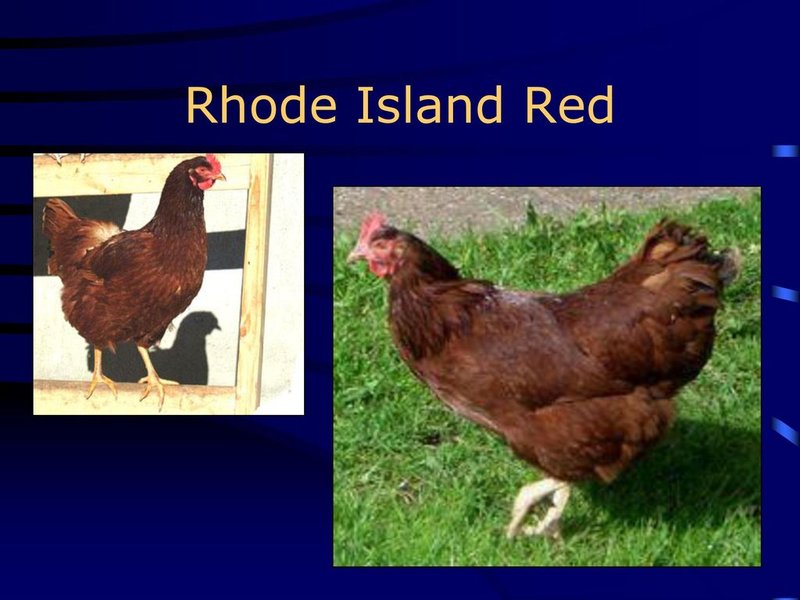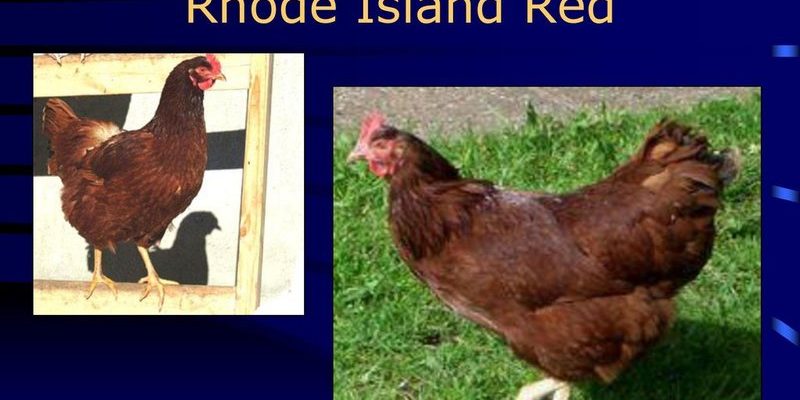
The Rhode Island Red is often celebrated for its robust nature and ability to lay a consistent supply of eggs. Imagine a friend who is always reliable, showing up on time and bringing along a delicious homemade dish every single week. That’s what a Rhode Island Red is like for those wanting fresh eggs. They’ve earned a place in the hearts of many, and understanding their history can give us insight into why they thrive in so many different environments.
The Origins of the Rhode Island Red
The roots of the Rhode Island Red breed trace back to the late 19th century in the United States, specifically in Rhode Island. It all began with a mix of various breeds, including the Malayan and other red breeds. Farmers were looking for a hardy bird that could withstand the harsh New England winters while delivering both meat and eggs. The goal was simple: create a breed that was as resilient as it was productive.
By the early 1900s, the Rhode Island Red was beginning to stand out. In fact, it was officially recognized by the American Poultry Association in 1904. Here’s where it gets interesting: the breed quickly garnered a reputation for adaptability. Farmers realized these hens thrived in both free-range and confined systems, making them an excellent choice for various farming styles. Honestly, their ability to do well in diverse settings really helped them spread throughout America and beyond.
Unlike some other popular breeds, the Rhode Island Red didn’t just settle for one purpose. They were dual-purpose birds—great for both meat and egg production. Let me explain: while some breeds are primarily focused on laying eggs, others are bred to be meaty. The Rhode Island Red successfully combines both traits. It’s no wonder they became a staple in backyards and farms alike!
Characteristics of the Rhode Island Red
So, what makes the Rhode Island Red stand out in a crowd of other chicken breeds? First off, they have a unique appearance, boasting rich mahogany feathers that shimmer in the sunlight. You might say they have a “glow” about them! Not only are they eye-catching, but they’re also sturdy and resilient.
In terms of temperament, Rhode Island Reds are often described as friendly and assertive. They’re not shy by any means! You might find them mingling with other chickens or even following you around the yard, curious about what you’re up to. This sociable nature makes them wonderful companions for both seasoned farmers and newbies trying out backyard chicken-keeping.
When it comes to productivity, these hens are quite impressive. A healthy Rhode Island Red can lay up to 300 eggs a year! That’s about five to six eggs per week. Imagine being able to rely on your hens for that many fresh eggs consistently! Their eggs are typically medium to large and have a lovely brown shell, making them perfect for breakfast or baking.
Rhode Island Reds in Agriculture
Over the years, the Rhode Island Red has played a significant role in agriculture. Not only did they support small-scale farms, but they also contributed to the poultry industry on a larger scale. Their hardiness means they can adapt to various climates, which is especially important as farming practices evolve, and regions experience climate shifts.
Because of their ability to withstand stressors like heat and cold, many farmers have turned to Rhode Island Reds as a sustainable option. This breed thrives on a diet that consists of a mix of grains, and they do well foraging for insects and plants in a free-range setup. Here’s the thing: their foraging ability not only makes them efficient but also contributes to a more natural and healthier diet.
As demand for locally sourced poultry has increased, Rhode Island Reds have seen a resurgence. Many people are seeking out heritage breeds, and the Rhode Island Red fits the bill perfectly. Not only do they produce well, but they’re also a part of our agricultural history. Keeping this breed alive means preserving a piece of that history for future generations.
Modern-Day Rhode Island Reds
Today, Rhode Island Reds are still thriving and remain a favorite among poultry enthusiasts. You might be wondering: *What’s changed over the years?* Well, like many breeds, they’ve been selectively bred to enhance certain traits. Some people focus on improving egg production, while others might prioritize meat quality. The essence of what makes a Rhode Island Red, however, remains intact.
There’s an interesting mix of purebred Rhode Island Reds and hybrid varieties available. The hybrids are often designed to boost production numbers even further. For backyard chicken keepers, though, the pure breed offers a sense of continuity with the past. They’re a reminder of the hardworking chickens that contributed to the agricultural landscape we know today.
Moreover, these birds are versatile and adapt well to different housing arrangements. Whether you have a spacious coop or a small backyard, Rhode Island Reds can fit right in. They’re resilient and can thrive in various environments, making them a sound choice for anyone looking to start their chicken-keeping journey.
Caring for Rhode Island Reds
Caring for Rhode Island Reds doesn’t require a degree in poultry science, but it helps to know a few things! First, ensure they have plenty of space to roam, whether that’s a spacious coop or a small yard. Providing access to the outdoors is crucial for their overall health and happiness. These birds love to scratch and forage, which is great for their mental stimulation.
Diet plays a big role too. A balanced feed that includes grains, protein, and greens will keep them happy and productive. Here’s a tip: you can supplement their diet with kitchen scraps—just make sure to avoid anything toxic to chickens, like onions or chocolate. Happy hens lead to happy egg production!
Regular health checks are also essential. Look out for signs of illness, such as changes in behavior or appetite. Keeping their living space clean helps prevent diseases and promotes better overall health. Remember, a little bit of effort goes a long way in keeping your Rhode Island Reds thriving!
The Legacy of the Rhode Island Red
The legacy of the Rhode Island Red goes beyond just being an excellent egg-laying bird. It represents a piece of American agricultural history, showcasing the innovation and determination of farmers in the early 1900s. By preserving this breed, we honor those pioneers who tirelessly worked to improve livestock and farming practices.
As more people turn to backyard farming and sustainable living, the Rhode Island Red will likely remain a top choice. They embody the spirit of resilience and resourcefulness—qualities that are just as relevant today as they were over a century ago.
In a world where mass production often overshadows tradition, choosing to keep Rhode Island Reds connects us with our roots. Whether you’re raising them for eggs, meat, or simply as beloved pets, these birds carry a story worth sharing.
In conclusion, the Rhode Island Red is more than just a chicken; it’s a testament to adaptability, productivity, and the joy of farming. So, if you’re considering bringing some feathered friends into your life, these lovely birds just might be the perfect fit!

